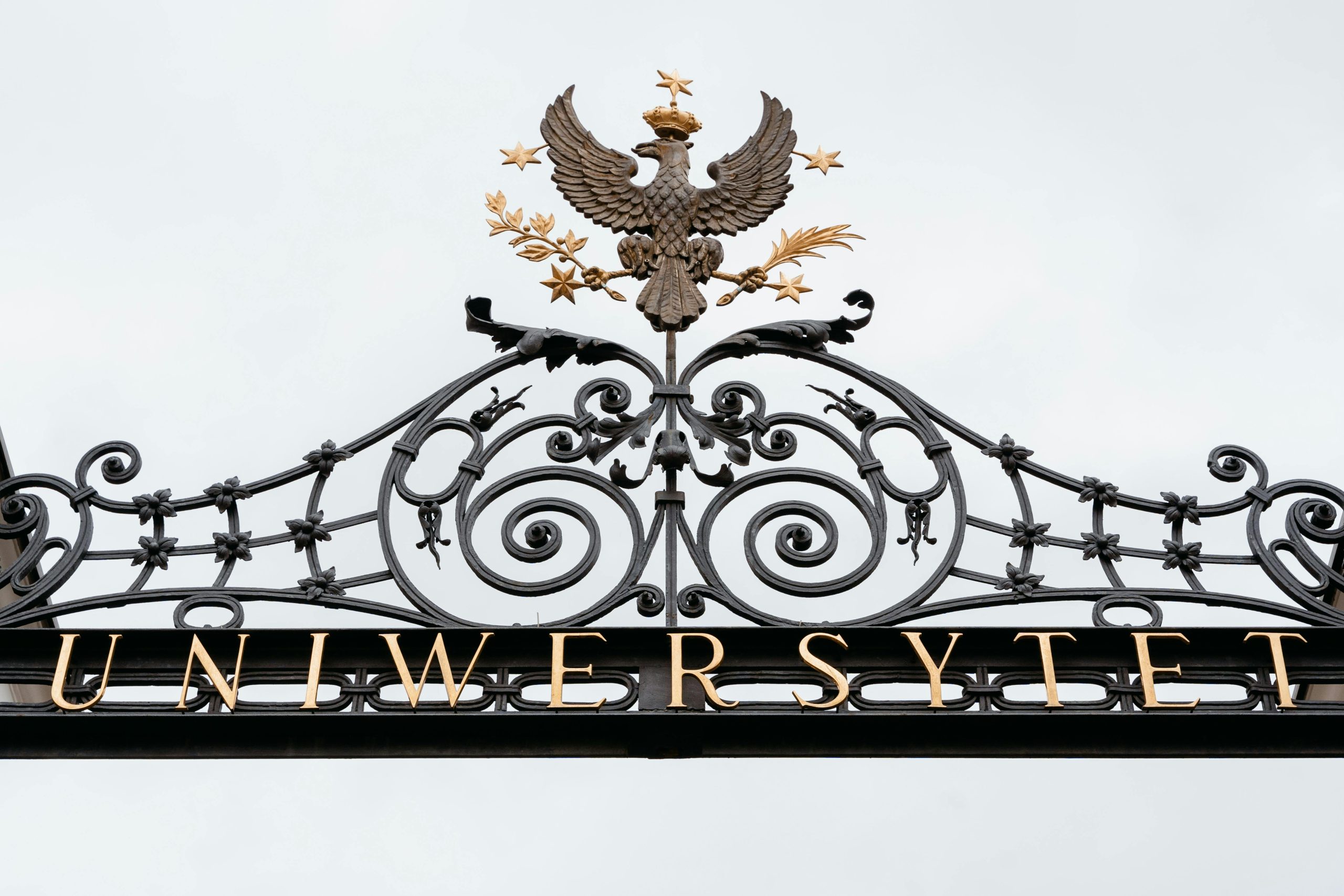Title: Addressing Public Transport Etiquette Concerns in Language School Student Groups
In recent weeks, a noticeable surge of large student groups from language schools has been congregating around the city’s public transport hubs. This phenomenon seems to have become more prominent since the easing of COVID-19 restrictions, raising questions about the impact on both daily commuters and overall station safety.
Many city residents have observed these groups — often comprising dozens of young students — occupying platforms and trains in ways that can disrupt the normal flow of transit. Concerns have been voiced regarding the lack of awareness or adherence to public transport etiquette among these students, which appears to contribute to overcrowding, inadvertent pushing, and occasionally dangerous situations during peak hours.
The apparent discrepancy between the availability of private transportation options for these students and their reliance on public transit is another point of discussion. Given that their families often possess the financial means to opt for private travel arrangements, the choice to use crowded trains and stations raises questions about resource allocation and planning.
Furthermore, there is an ongoing challenge with managing large groups amidst busy transit environments. Station staff have reportedly been issuing vocal warnings over public address systems, yet the behavior of some student groups continues to pose safety risks and inconvenience for other commuters. The concern is that without proper oversight or instruction, these situations could escalate into accidents or injuries.
It is essential for language schools and their management teams to consider implementing better strategies to ensure their students adhere to public transport etiquette. This might include briefing students on appropriate conduct, coordinating transportation logistics to prevent overcrowding, or arranging private transport options, especially during peak hours.
Ultimately, fostering a respectful and safe environment for all city users benefits everyone. By working collaboratively with city authorities and transit providers, educational organizations can help mitigate these issues and contribute positively to the city’s vibrant community life.


Public Transport Etiquette: A Shared Responsibility for a Vibrant City
As a London resident, I completely agree that the surge in student groups from language schools on our public transportation requires thoughtful solutions. It’s important to remember that many of these students are here to learn and experience our city, but their behavior often reflects a lack of awareness or guidance regarding local customs and etiquette.
To improve the situation, I suggest a few practical steps that could make a significant difference:
Ultimately, fostering a respectful transit environment is a shared effort. By combining education, better planning, and community engagement, we can ensure that London’s public transport remains safe and accessible for everyone